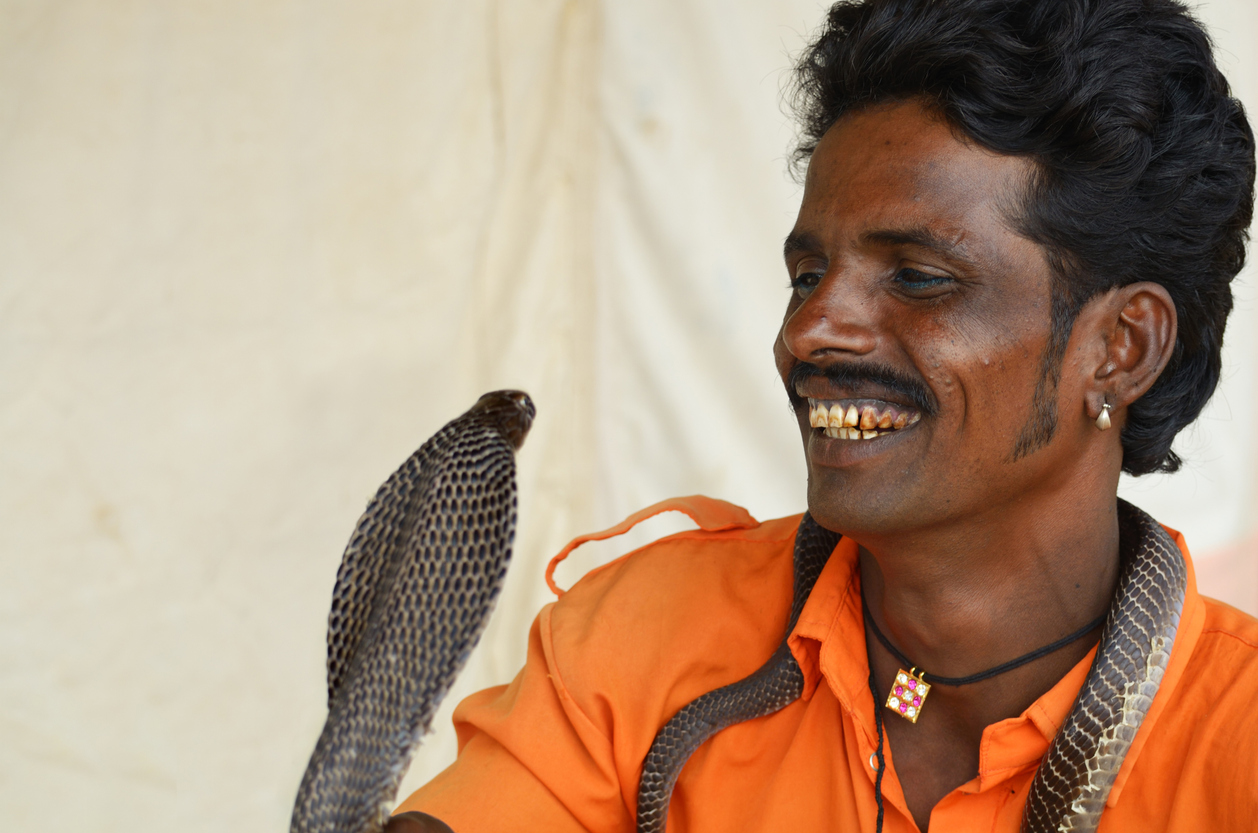Rajya Sabha MP Madan Rathore to head Rajasthan BJP
Rajya Sabha MP Madan Rathore has been appointed as the president of Rajasthan BJP with immediate effect.
It is also believed that the Kalbelia community hails from one of the followers of Navnath or Sage Kanifnath who lived in the Thar deserts of Rajasthan in 12th Century.

Photo: iStock
The term ‘Kalbelia’ is formed by two words, ‘Kaal’ and ‘Belia’. Kaal means death, denoting poison, and Belia means a bowl. Some historians also believe that the Kaal is associated with Mahakaal or Lord Shiva and Belia is associated with Nandi, the bull of Lord Shiva, and hence the word Kalbelia, a community that worships snakes.
It is also believed that the Kalbelia community hails from one of the followers of Navnath or Sage Kanifnath who lived in the Thar deserts of Rajasthan in 12th Century. Going by the mythological stories, Sage Gorakhnath once decided to test Kaifnath, one of his disciples. He handed Kanifnath a bowl of venom which he drank without a moment’s pause.
Pleased by the obedience of his disciple, Sage Gorakhnath blessed Kaifnath with a boon to have total control over poisonous animals including snakes. Hence, the followers of Sage Kanifnath, who drank the bowl of poison, are called Kalbelia. His followers have the right to beg for a living. It is a very old tradition in India to beg for alms and to give charity. The Kalbelia community adhered to this custom for a long time.
Advertisement
Whatever be the origins of Kalbelias, one thing is clear their profession is associated with snakes. Capturing snakes, protecting people from the poisonous reptiles, treating snake bites and trading in snake poison are all part of the traditional business of the Kalbelia community.
Dhaliwal and Mewara are two sub-castes of the Kalbelia community, also known as Sapera, Sapela Jogi, Gatiwala, Poogiwara and also Banjara. The language spoken by them is called Sapera.
According to Polish poet Jan Kochanowski, the 12th and 13th centuries were the golden eras for the Kalbelia community. But after the defeat of Prithviraj Chauhan by Muhammad Ghori, the community started fading away. During the 14th century, due to the fear of conversion and forced slavery, the Kalbelia community migrated from Rajasthan to other parts of the country like Malwa in Madhya Pradesh, Maharashtra, and Gujarat. However, despite all the odds the community continued their traditional occupation for many years.
Between the 16th and 18th centuries, Kalbelia were summoned to the Mughal court to entertain the rulers through their snake feats and traditional Kalbelia dance. The people of the community are nomadic and hence keep moving from one village to another. They usually stay on the outskirts of the village in their temporary homes called Dera.
In the Kalbelia community, it is mandatory for one member of a family to work as sapera, a snake charmer. They keep the snakes in bamboo baskets and go from door to door displaying their skills while their women beg for alms by performing their traditional dance.
Despite being Hindu, the Kalbelias don’t burn, but bury their dead and install an idol of Shiva’s Nandi bull on top of their graves.
In 1972, the government of India enacted the Wildlife Protection Act 1972 clamping a blanket ban on capturing and taming wild animals, Due to the ban, Kalbelias had no option but to stop their traditional occupation which involves snakes and their poison. Ever since they adopted dance and music as their primary occupation to make a living in which women of the community have a major contribution.
Gulaabo Sapera gave a new identity and recognition to the Kalbelia dance in India and abroad. The dance form is known as Kalbelia dance all over the world. In recognition of her contribution to the sapera dance, the government of India honoured Gulabo Sapera with Padma Shree Award in 2016.
Thus the Kalbeilia community protected the society from venomous animals, and gave their dance form a new recognition across the globe. Today, to watch and learn the traditional dance form, Kalbelia people from all over visit Rajasthan and give a boost to tourism and employment opportunities in the state. Phrases like Ramta Jogi and Behta Paani perfectly capture the essence of the community’s life.
Advertisement